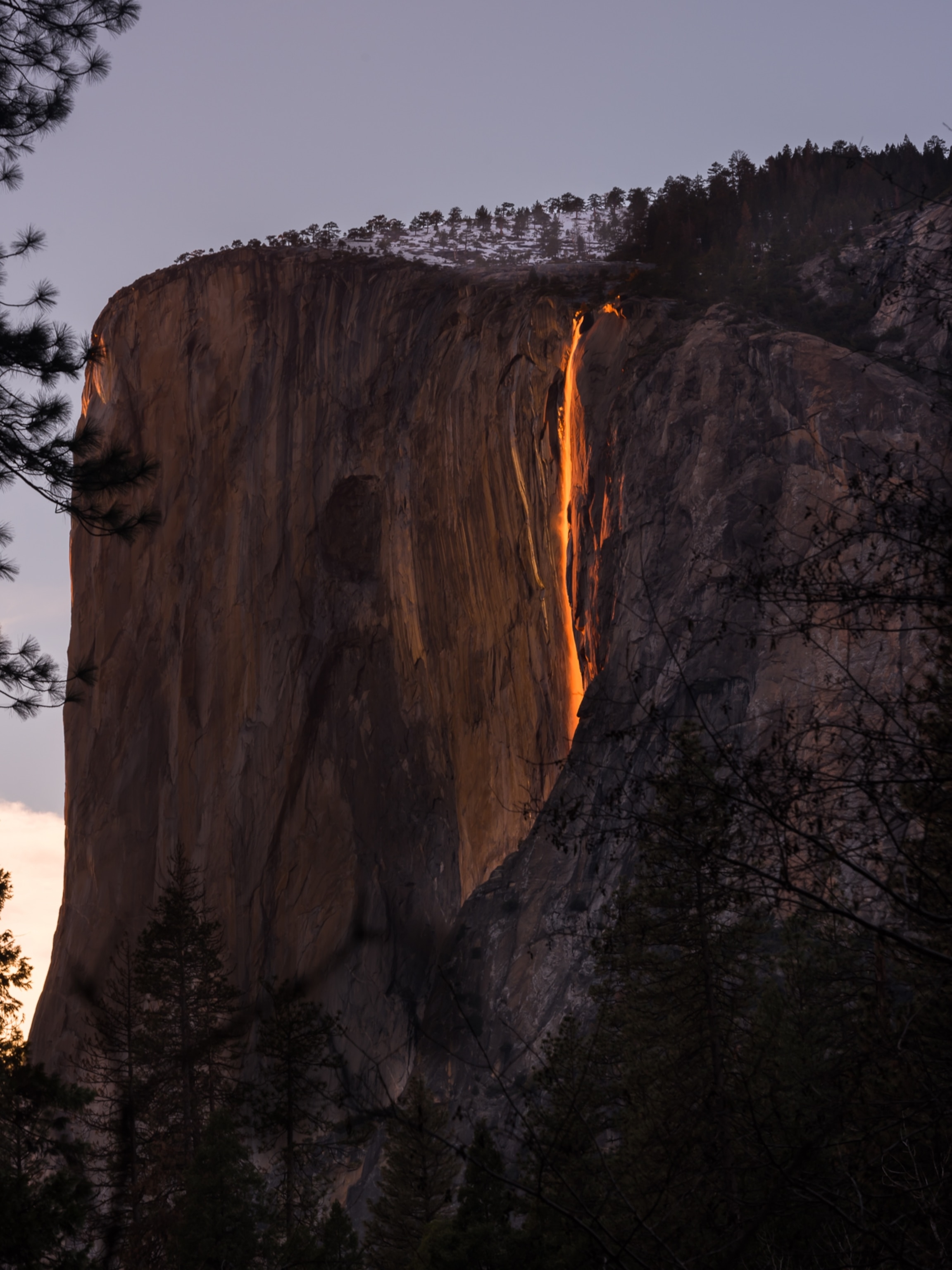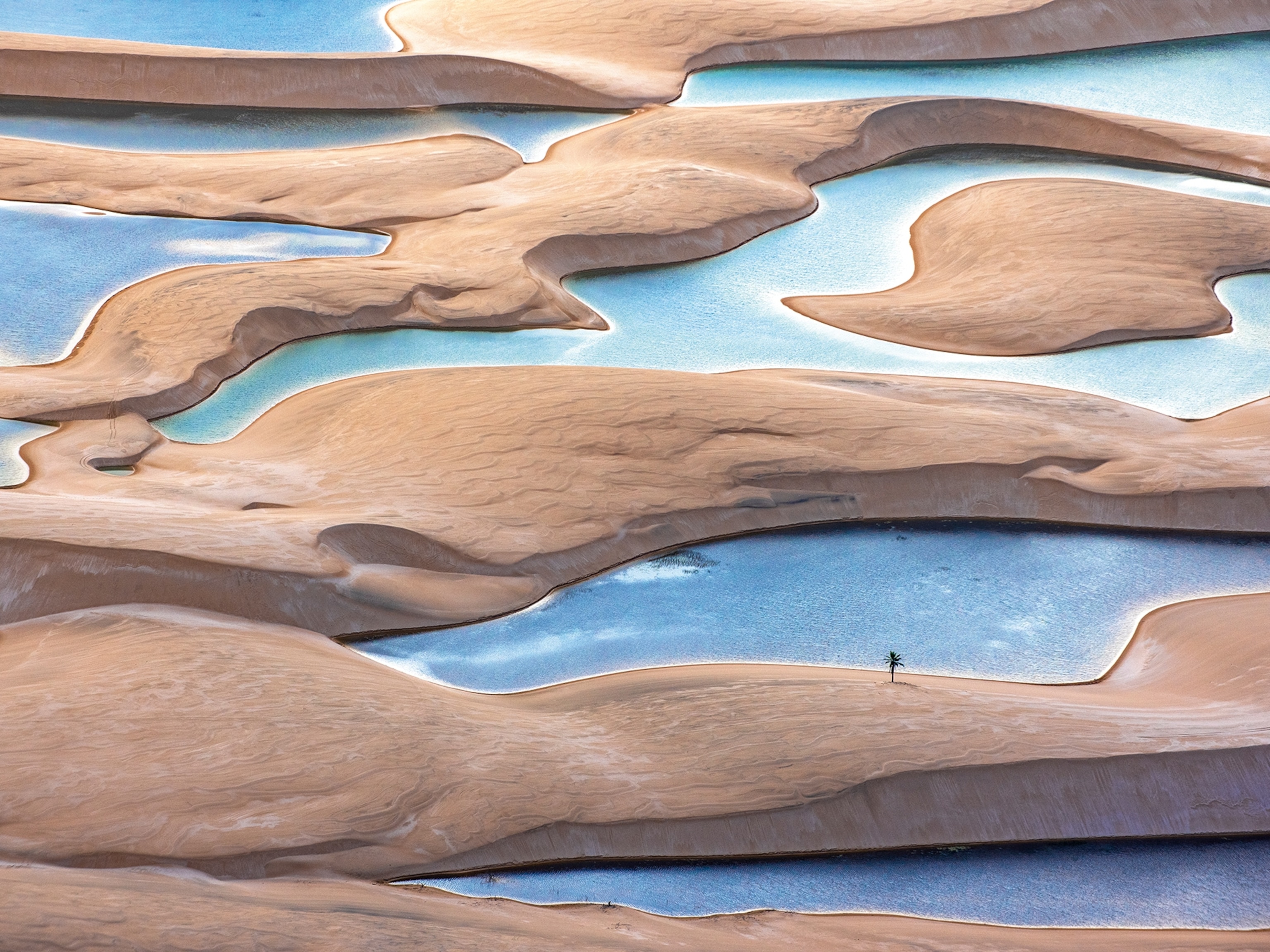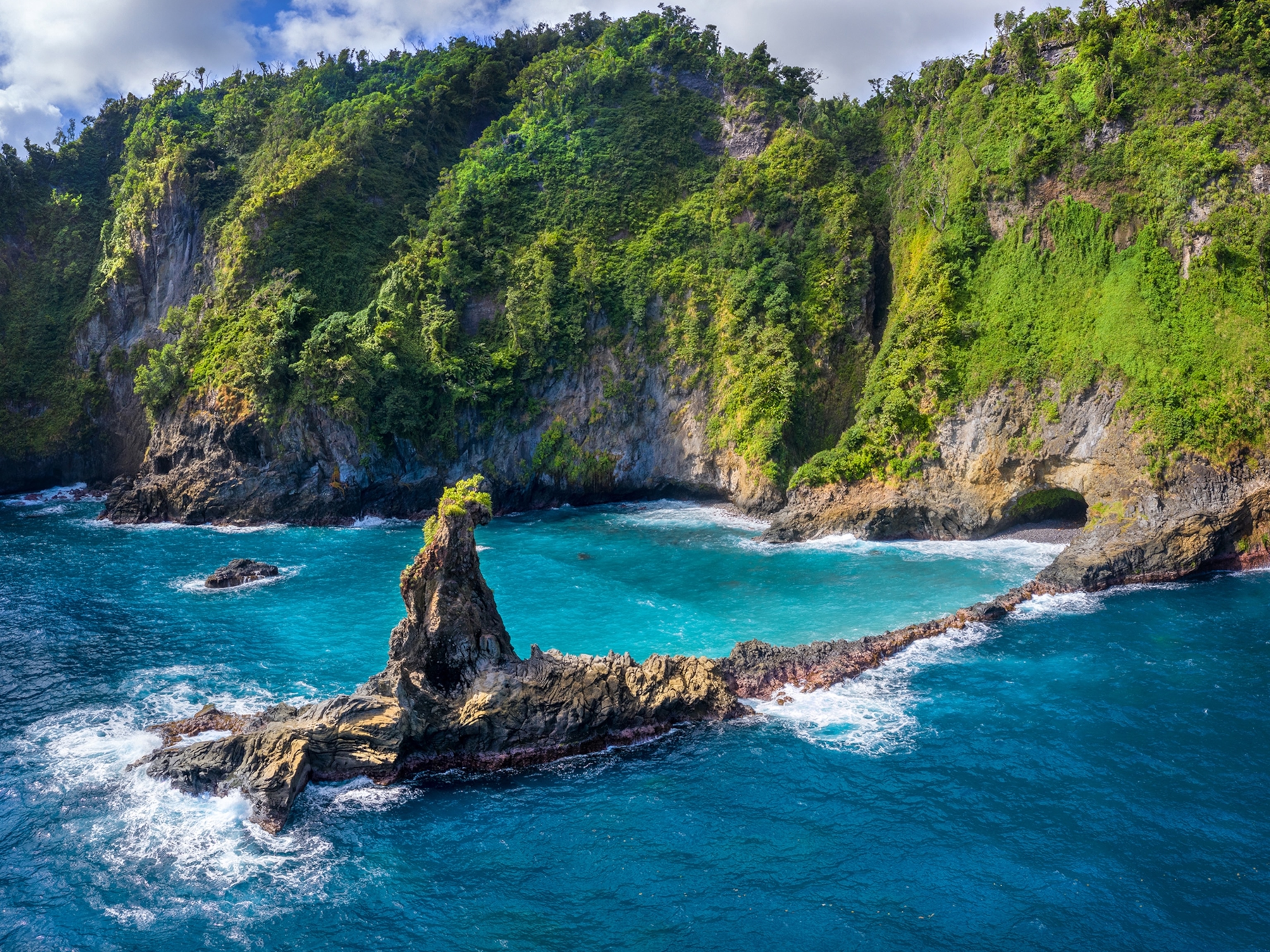
How to Photograph Yosemite’s Dazzling ‘Firefall’
If conditions are just right, Yosemite’s Horsetail Fall can gleam a brilliant orange. But to get your perfect picture, keep an eye on the weather.
For a couple of weeks each February, a waterfall in California’s Yosemite National Park appears to be set ablaze by the setting sun, a fleeting evening spectacle known as the “firefall.”
“I travel around the world to capture these amazing sunrises and sunsets, but there is nothing remotely close to watching this phenomenon, which seems straight out of an Indiana Jones movie,” says Sangeeta Dey, a pediatric neuropsychologist and National Geographic Your Shot photographer who has photographed the firefall twice in the last two years.
She’s in good company. Though renowned photographer Ansel Adams captured the gleaming waterfall in 1940, the “firefall” didn’t become widely known until National Geographic photographer Galen Rowell documented it in 1973. Ever since, photographers have trekked to Yosemite, angling to get a glimpse of the glittering mist—and few have demonstrated such a knack for it as Dey. (Read our coverage of Dey’s 2016 “firefall” photographs.)
The next time you’re in Yosemite and want to try your hand at capturing the “firefall,” photographing it well requires excellent conditions, patience—and a willingness to experience the magic of the moment.
Timing and the weather are everything.
The effect is finicky: The geometry of the Yosemite Valley confines the firefall to mid-February, typically in the 15 minutes before sunset from February 16 to February 23. But weather plays a crucial role in whether the firefall pours down El Capitan’s eastern side, leading photographers to sometimes wait years before seeing it.
For one, Dey notes that there’s no guarantee of a waterfall in the first place. The 1,000-foot-tall Horsetail Fall, which makes the firefall, is fed by snowmelt, so its presence in mid-February hinges on both sufficient snowfall and warm temperatures.
And even if the Horsetail Fall is gushing, the western skies need to be clear of clouds: no sunlight, no firefall. “If it is a cloudy day, skip it and go explore other parts of the park,” she says.
Find a location in Yosemite that works for you.
Dey knows of two locations in Yosemite that yield good photographs of the firefall.
“The first one is the El Capitan picnic area, which is on [Northside Drive] and is referred to as the ‘Galen Rowell shot spot’—his famous “Firefall” image came from this location,” says Dey. “This is the location I will recommend to people who are planning to be there with children, as this spot has a picnic area and restrooms.”

Dey’s location of choice is on Southside Drive, about a mile past Cathedral Beach to the right of El Capitan. “Park your car and take a walk towards the river to make sure you have a view of the waterfall on your left side,” she says. “It is likely that you will see other photographers there, and that will tell you that you are at the right spot.”
Get there early.
To stake your claim, Dey recommends getting to your location of choice by 11:00 am, if not earlier. And make sure you get comfortable; the firefall won’t appear until 5:15 to 5:30 pm.
“Bring a chair, plenty of snacks, water, and warm clothes to keep you comfortable,” says Dey. “I saw people who were so miserable standing there feeling cold and hungry that they just wanted to get this over with. Don’t be that person.”
Experiment with your composition.
Many of the classic photographs of the firefall are close-up, tight shots of the waterfall itself. Dey, however, prefers going wider with her composition.
“Most people vie for that perfect location that is away from trees, but I really favor shots that are framed by trees and other natural elements,” she says. “Those shots look more organic and approachable and emphasize the unique aspect of firefall within Yosemite. Otherwise, it might very well be the photograph of lava flowing in Hawaii.”
That said, Dey says that “the event is just so spectacular that you can shoot it any way [you want] and still walk away with a keeper.”

Consider a tele-zoom lens—but your phone camera isn’t a bad option.
Dey recommends a DSLR camera with a 70-200mm tele-zoom lens. “I really liked that it gave me the capability to zoom in to get a close-up or zoom-out enough to capture the event within the context of Yosemite’s majestic landscape,” she says. “The whole thing lasts for only 10 minutes… it won’t be a good idea to waste any of that precious time changing lenses.”
She points out, however that even phone cameras can produce good results. In fact, her setup this year consisted of two tripods side by side: one for her DSLR camera for stills, and another for her iPhone, which she used to record a time-lapse of the firefall.
Take in the moment.
Importantly, Dey recommends using a remote shutter, which lets you enjoy the event with your own eyes as you photograph it.
“This was one time in my life where I was deliberately using my eyes to see the phenomenon [rather] than look through my lens,” she said to National Geographic in 2016, after photographing it for the first time. “I didn't want to miss a second of experiencing it.”
“You cannot take this event lightly,” she says today. “If you are there to witness it, you are truly blessed, as few people get to see it.”








